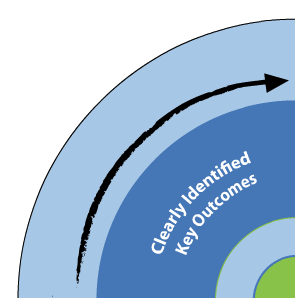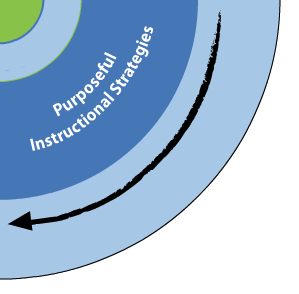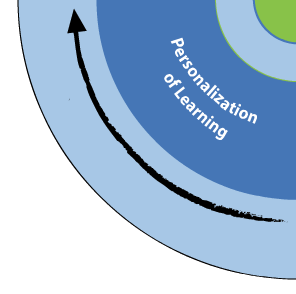Skills - Vocabulary
Vocabulary
Page Navigation
(Click to jump to section)
| Brief Explanation | Clearly Identified Key Outcomes | Purposeful Instructional Strategies | Personalization of Learning |
Brief Explanation
- Vocabulary involves intentionally choosing specific words to deliver a message in the most effective manner and to express ideas to an intended audience.
- Vocabulary specific to a discipline or content area should be explicitly taught and used in context so it is naturally used when writing
-

Clearly Identified Key Outcomes
Use your programs of study for curriculum outcomes related to vocabulary.
Please refer to CESD’s Essential Outcomes work if you are using the previous Alberta Curriculum (Grade 7+).
Here is the New Alberta ELAL Curriculum, from the New Learn Alberta website, laid out like a scope and sequence.

Purposeful Instructional Strategies
- Exposure to rich language, poetry, subject/content-specific vocabulary
- Explicitly teaching and frequently reviewing new vocabulary
- Participate in vocabulary-building activities such as vocabulary ladders.
- Explicitly teaching how to use root words, prefixes and suffixes to determine meaning
- Use of mentor texts
- Use venn diagrams to compare similarities and differences between words
- Brainstorming words
- Universal use of word walls, personal and online dictionaries, thesaurus, etc.
- Teach students to gather words from texts they are reading to be used in their future writing
- Use graphic organizers to build vocabulary: Frayer model or concept maps, etc.
- Teach students to use vocabulary that represents and matches the characters’ voices in writing dialogue or thoughts.
- Vocabulary should not be taught in isolation. It should be taught as part of the reading/writing process (ie. juicy words vs. tired words etc.)


Personalization of Learning
- Assistive technology
- Extra time and instruction
- Building background knowledge
- Visual dictionaries, cues, etc.
- Use of thesaurus